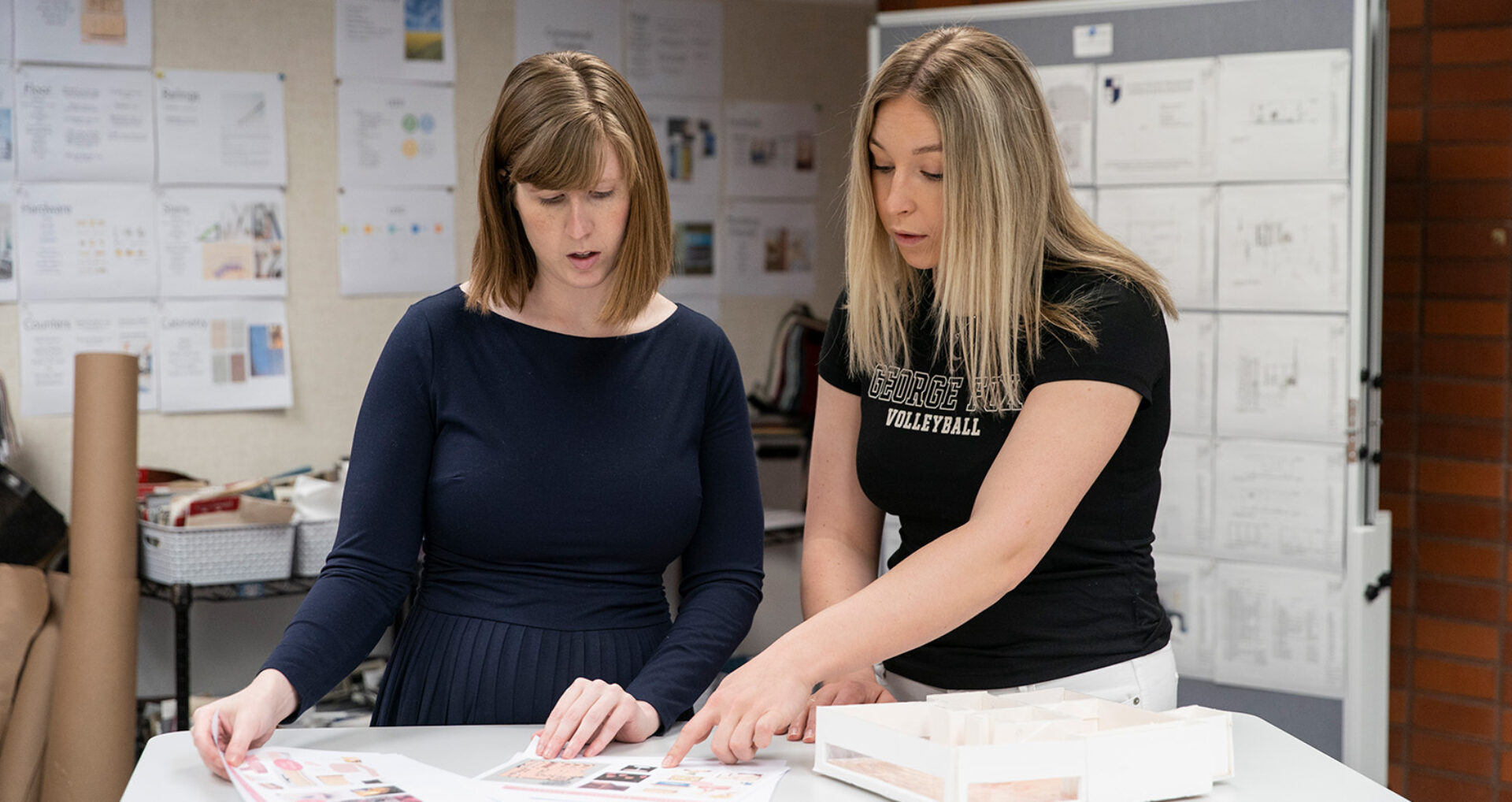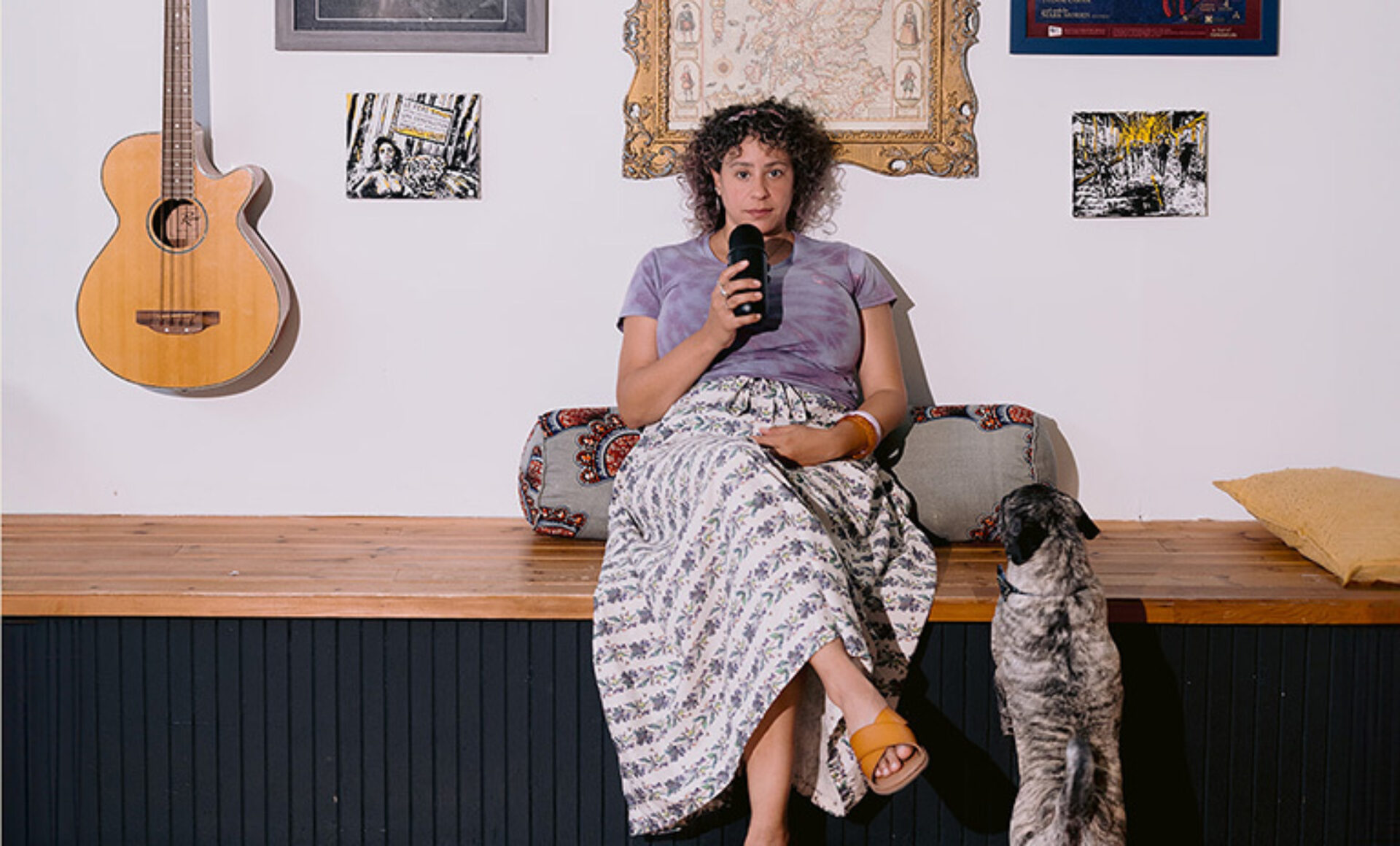Student members are a huge part of the IIDA community and we want to offer them all resources to help them develop a lasting career through mentorship and educational opportunities. Design education is very important as we move towards more technological design solutions and students need to learn more real-world approaches. Bridging the gap between what students want and need to be successful in this industry and what design education currently offers is more important than ever. Casey Martin, IIDA, assistant professor of interior design at George Fox University is working towards creating an understanding between what design students are capable of and how the industry can engage with young designers coming into the market. As an assistant professor and design professional, Martin interacts with firms and designers in the industry and is finding that they may be out of touch with what and how design students are learning today.
Since taking over the interior design program at George Fox, she has completely changed the curriculum for the better. Her students work on real-world projects daily with real clients and real spaces, and she works with students individually on what their paths look like, embracing the opposite of a “one size fits all” mentality in the classroom. For Martin, design education isn’t about reading from a textbook or spending hours lecturing. It’s about embracing learned experience and teaching students a skill set for them to be able to apply project after project. Martin dives into what design education means to her and how she is taking action to implement those changes for students now.
What's changing and new for students today in design education?
Students in college today are looking at a different world ahead than myself or my peers did in college. Young people today are much more aware of what the world entails as adults and they have a lot more on their shoulders than previous generations had at their age. As an educator, my job at the core is to teach them what they need to know in the time they have with me, in order for them to take that skill set out into the world and succeed in whatever path they are headed down. For me, graduating design school in 2009, I took a Revit class on a whim as an elective because it was just starting to gain popularity. Now, fifteen years later, my students are working in Revit for four years before they graduate, using it in every single course, acquiring a broad and extensive skill set in the technologies needed to do our jobs as interior designers.
This conversation is not just about learning one program, but a learned skill set of how to problem solve and learn any new program that comes along later to keep up with technology trends as they come. Today’s students are also craving more real world experiences, allowing them to network with professionals and work on real projects. My students work on real projects with real clients every semester, allowing them applicable projects to add to their resumes but also to gain the skills that we can’t always teach in the classroom - professionalism, design vocabulary, and general etiquette in the industry. Moving towards a more real-world approach is, in my opinion, the future of design education.


What's missing in design education today and how can we implement it?
For me, I know that I have a profound responsibility in my students’ lives—to create confident, hard-working, and empathy-driven designers in just four years. I also know that no matter how much they learn in school, they also still need an advocate or a mentor to support them in that space between college and their first job. Personally, I think what’s missing in design education is that we don't advocate for our students once they leave our classrooms, helping them network and find jobs. We have a unique position as educators: we know each and every student’s skill set in and out, we know where they will succeed and where they won’t based on personalities. We should be using that knowledge to advocate for our students in the industry after graduation and assisting further in helping them to network to get their first jobs.
Years ago, one of my students at the Art Institute of Portland was graduating and was applying to a firm as a Junior Designer. One of the Principals called me as a reference for her and he asked me a bunch of generic questions about this student and then he said, anything else you’d like to add? My response: “she’s one of the best students I’ve ever had and you’ll lose out by not hiring her.” He replied back to me that he’d never heard a teacher give such a glowing review for a young designer, even though he’d hired a lot of junior designers and talked to a lot of professors. In my view, that’s what this job is all about; as educators, our job shouldn’t end when our students leave our classrooms. We should be the students’ first advocate, using our networks as designers to promote our students so that they can move into positions in the field that are right for them.
As an educator how are you preparing students for the future of design? What does that look like for you?
My style as a teacher is high accountability with high flexibility and our classroom runs much like a small design business does. Our projects have set standards and detailed parameters for what’s expected of students, but from there, I give them the freedom to run with it. If they want to do something differently, they pitch it to me. If they want to focus on a specific type of design in certain projects, I give them the authority to start making their own decisions just like they would do in the real world. Every course in our program is built to have outcomes that we’re achieving for the curriculum, but it’s also designed to give the students the autonomy needed to grow as a designer and a person on their own as well. I want my students to be able to go into a firm on day one and feel like they know what’s going on, that they can understand the vocabulary and have the confidence to voice their opinions.
I believe that students need both a cohesive and real-world based curriculum, but they also need support to grow in their confidence and be integrated into the industry little by little so that when they graduate they have a network of their own. My seniors are currently working on their thesis projects and as part of the project requirements, they have to select mentors of their own to guide them through their projects. Because they have been networking with the industry for three plus years now throughout college, they were able to reach out to people they have relationships with to create their own mentor groups for their project, allowing them to be a part of the industry while still in school and growing their professional network.


How can educators create a more diverse and engaging curriculum for students?
Design education is ever evolving, just like the design field, and it’s vitally important that design educators are updating courses and teaching relevant knowledge for the design field today. I have three strategies for doing this. First I ask my students to do course evaluations for every course at the end of the semester, and I course correct based on their feedback. As educators and mentors, it’s important that we take this into consideration as we plan curriculum and look ahead to the future of design education. Second, Our courses and curriculum include designers from every background, offering a diverse perspective so students can see themselves in these mentors and can visualize a roadmap with which to build their careers. And third, connecting courses to the real world empowers students to feel that they are working on “real” work and they’ll want to engage with it more, knowing this is what they’ll really be doing in their careers.






